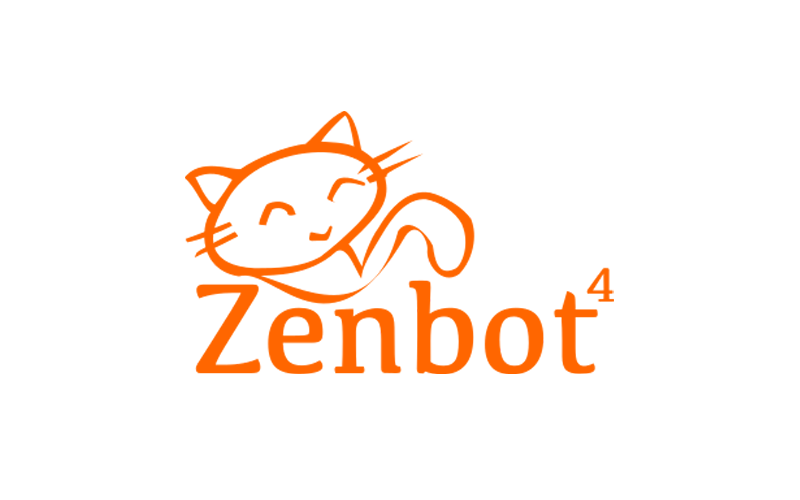Zenbot is a cryptocurrency trading bot that has a command-line interface. It supports multiple crypto exchanges and you can run it on multiple operating systems. There are several new crypto bots being launched every day, but not all of them are reliable. In this Zenbot review, we are going to analyze the various aspects of this system in order to determine whether it can be trusted or not.
We have no information on the parent company behind this crypto bot. The vendor has not revealed the location of the headquarters and there are no contact details on the GitHub website. Overall, it does not look like a legitimate trading system.
Zenbot overview
On the GitHub website, the vendor has shared the entire code depository for this crypto bot. They have provided a short description of the system, followed by documentation, the link to the Reddit handle, and some license information. There is not enough information on the features and frankly, it’s a bit concerning. The vendor has not focused on any particular feature and as per our understanding, this bot has nothing special to offer.
Zenbot uses MongoDB and Node.js and has a technical analysis–based approach. Indicators used by this crypto bot include Bollinger Bands, Stochastic CCI, EMA, MACD, RSI, Parabolic SAR, Stochastic MACD, PPO, HMA, etc. It supports different crypto exchanges like Poloniex, Kraken, HitBTC, Gemini, GDAX, CEX.IO, Bittrex, Bitstamp, Bitfinex, and Binance.
Zenbot has a plugin architecture that allows you to build new strategies and implement exchange support. There is a simulator that helps you backtest your strategies using archival data. It also has a paper trading mode that lets you trade using simulated money while monitoring the live market. You configure different trading parameters like trailing profit stops, buy stops, and sell stops.
For the 1-hour period, the robot places an average of 1-2 trades on a daily basis. It conducts around 15-50 trades daily for the 5-minute period. With every trade, Zenbot uses limit orders. Although you can install the bot on Windows, the vendor recommends using macOS or Linux. It takes a fair bit of technical knowledge to operate this crypto bot and it is not for traders who do not come from a technical background.
The idea behind Zenbot
It is a special bonus for a crypto software company to have a motto or goal. Many vendors share mission statements on the official website. They tell the customer that the company stands for something greater than just making profits. Since there is nothing of that sort for Zenbot, we can say that it is just another crypto bot that does not offer anything unique.
The core team
Chase Sillevis is the lead developer of this platform and he is based in the Netherlands. He used to be a lead cloud infrastructure engineer for Google and is the founder of Lord of the Code. We don’t know anything else about this person’s background. The vendor has not shared the identities of the other team members so we can assume that it was developed by just one person.
Safety of Zenbot and the network
One of the things that concern us most about this system is the lack of security features. Every crypto trading system needs to have high-end security measures to safeguard user data. Since the trader needs to upload their personal and financial information on the system, it should have encryptions in place. Oddly enough, the vendor has not shared any information on the safety features.
Other notes
If you keep getting the Nonce error while using this crypto bot, you should check whether you are running several instances of the bot using the same API key. To avoid this error, you ought to use a unique API key for each instance of the bot. This error can also occur if the server time is incorrect. To keep the time correct, you can use NTP.
Client testimonials
At this moment, there are no customer reviews for this crypto bot. It is therefore clear that not many people trust this system enough to use it for live crypto trading. The lack of customer reviews is not a sign of a reliable trading system.
